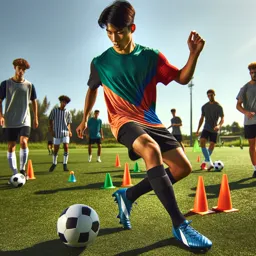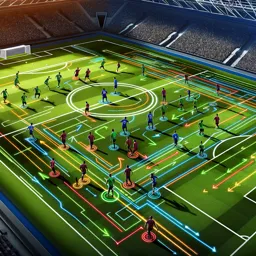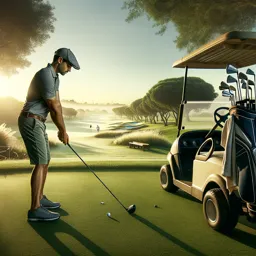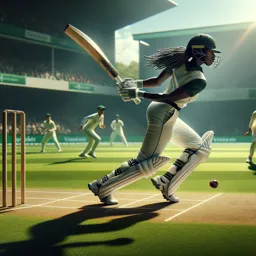Brazilian Jiu-Jitsu (BJJ) is one of the most popular and effective martial arts practiced today. Known for its focus on ground fighting and submission holds, BJJ has become a key discipline in mixed martial arts (MMA) and self-defense. However, the roots of Brazilian Jiu-Jitsu trace back to Japan before evolving into the distinctive art form it is today. In this article, we’ll explore the history of Brazilian Jiu-Jitsu and how it grew from a traditional Japanese art to a global phenomenon.
1. The Japanese Origins of Jiu-Jitsu
Brazilian Jiu-Jitsu has its origins in Japanese Jiu-Jitsu, a martial art that dates back hundreds of years. Japanese Jiu-Jitsu was developed as a battlefield art for the samurai, emphasizing joint locks, throws, and immobilizing techniques designed to subdue opponents wearing armor.
Key Features of Japanese Jiu-Jitsu:
- Focused on leverage and technique rather than brute strength.
- Primarily involved joint locks, throws, and grappling to control an opponent.
- Originally developed for hand-to-hand combat in battle.
2. Jigoro Kano and the Creation of Judo
In the late 19th century, Jigoro Kano, a Japanese educator and martial artist, modernized traditional Jiu-Jitsu by removing dangerous techniques and emphasizing sportsmanship. Kano created Judo, which focused on throws, pins, and submissions but with an emphasis on safety and sport. Judo became the foundation for the development of Brazilian Jiu-Jitsu.
Jigoro Kano’s Contributions:
- Developed the Kodokan Judo school, which prioritized safe practice and sport competition.
- Sent Judo practitioners, known as Judokas, around the world to teach the art.
3. Mitsuyo Maeda’s Journey to Brazil
One of Jigoro Kano’s top students, Mitsuyo Maeda, was instrumental in bringing Jiu-Jitsu to Brazil. In 1914, Maeda traveled to Brazil as part of a global effort to spread Judo and Jiu-Jitsu. During his time in Brazil, Maeda befriended Gastão Gracie, a local businessman who helped Maeda settle in the country.
Maeda’s Impact in Brazil:
- Taught Judo and Jiu-Jitsu to Gastão Gracie’s sons, especially Carlos Gracie, who later passed the knowledge to his younger brother, Hélio Gracie.
- Maeda’s teachings laid the foundation for the creation of Brazilian Jiu-Jitsu.
4. The Gracie Family and the Birth of Brazilian Jiu-Jitsu
The Gracie family played a pivotal role in the evolution of Japanese Jiu-Jitsu into Brazilian Jiu-Jitsu. While Carlos Gracie learned the techniques from Maeda, it was Hélio Gracie who adapted Jiu-Jitsu to suit his smaller frame, emphasizing leverage, technique, and ground fighting over brute strength.
Hélio Gracie’s Contributions:
- Modified traditional Jiu-Jitsu techniques to make them more effective for smaller individuals.
- Emphasized submissions and ground control, which became the core of BJJ.
- Developed a system focused on self-defense and practical application in real fights.
5. The Spread of BJJ through the Gracie Challenge
The Gracie family became famous in Brazil for their Gracie Challenge, in which they would fight anyone, regardless of size or martial arts background, to prove the effectiveness of Brazilian Jiu-Jitsu. These challenges helped popularize BJJ as a highly effective martial art for self-defense and combat sports.
Gracie Challenge Highlights:
- Open invitation fights to test the effectiveness of BJJ.
- Hélio Gracie and his sons fought in no-holds-barred matches, showcasing BJJ’s dominance in grappling.
6. BJJ’s Role in the Rise of Mixed Martial Arts (MMA)
Brazilian Jiu-Jitsu gained international recognition with the rise of Mixed Martial Arts (MMA), particularly through the success of Royce Gracie in the early Ultimate Fighting Championship (UFC) events. Royce Gracie, using his family’s BJJ techniques, defeated much larger opponents in no-rules matches, demonstrating the effectiveness of BJJ in real combat situations.
Royce Gracie’s Impact:
- Won multiple UFC titles using BJJ, shocking the world with his submissions and ground control.
- Proved that BJJ was a superior art for controlling and defeating opponents in one-on-one combat.
7. Global Popularity of Brazilian Jiu-Jitsu
Today, Brazilian Jiu-Jitsu is practiced worldwide, with thousands of academies teaching the art. BJJ is not only a key component of MMA but also a highly respected martial art on its own. The growth of BJJ competitions, such as the IBJJF World Championships, has further solidified BJJ’s place as one of the most popular grappling arts in the world.
BJJ’s Global Influence:
- Over 2,000 BJJ schools around the world, teaching both Gi and No-Gi styles.
- BJJ competitions attract thousands of practitioners and showcase the technical evolution of the art.
Conclusion
From its roots in Japanese Jiu-Jitsu and Judo to its development by the Gracie family in Brazil, Brazilian Jiu-Jitsu has evolved into one of the most effective and popular martial arts globally. Its emphasis on technique, leverage, and ground fighting has made it a dominant force in both self-defense and sport. As BJJ continues to grow and evolve, it remains a testament to the power of adaptation and innovation in martial arts.

































